

Borderlands is an odd franchise. The first one, developed by GearBox, kind of came out of nowhere, and in spite of major technical issues, captivated many gamers. It blended the loot gathering mechanics of games like Diablo with the first-person shooting action in way we hadn’t seen before. It also came with a strange and quirky sense of humor that made it impossible to ignore.
Now, we’re three games into the franchise, with Borderlands: The Pre-Sequel having just released for Xbox 360, PlayStation 3, and PC (that’s right, no Xbox One or PlayStation 4). This game isn’t led by GearBox, with 2K Australia taking the helm as lead developer. It’s also not a main game in the franchise, instead its story sits between the first and second game. Are these limitations, or just a chance for the Borderlands franchise to break out in a new way? Keep reading the review to find your answer.
Want to buy the game? Get it for $60 on Steam, Xbox 360, or PS3.
This game is all about Handsome Jack, or as he’s generally referred to as in this game, Jack. If you’ve played Borderlands 2, you’re going to be quite familiar with him, as he was the main antagonist. The Pre-Sequel sets out to provide some backstory on just how Jack become the evil madman we know and love or hate (he’s very divisive among Borderlands fans). Not much has changed about good ol’ Jack, so if you enjoyed him in Borderlands 2, you’ll like him here, and the reverse is also true.
The story takes you through many things you’ll recognize from Borderlands 2, such as Jack’s massive robot army. Although, as is always the case with prequels, it all tends to feel a little forced, as 2K Australia had to make this game build up to where the next one starts, and while it’s cool to see how Jack became Handsome Jack, the all-powerful space-terrorist, it tends to feel shoehorned in.

Personally, I enjoy the Borderlands story, and I think it’s one of the things that propels it ahead of games like Destiny, which are equally loot-driven. In this instance, the story is well-written, the characters are solid, and it provides a reason to run around shooting things in the head to collect loot. The game introduces plenty of new non-player characters, each with a lot of personality. However, some feel like a downgrade compared to their original game counterparts. Janey Springs, for example, just doesn’t hand out vehicles with the same humor as Scooter. Nurse Nina, on the other hand, does a great job of taking over medical duties for Dr. Ned.
With that being said, the prequel nature of the game makes it feel like you, as the player character, don’t really matter. The events are happening, and you seem to be there to just nudge them along. In previous games, it truly felt like the actions you take in the story will change the fate of the world. But in Pre-Sequel, it just feels like you are walking down a path where the end is already known to you.
The story wraps up without much fanfare. It just kind of ends. If you’re a fan of the franchise, you’ll enjoy the fact that you get to spend more time in the Borderlands world, but it’s not the deepest story you’ll ever play, and it will not touch you emotionally. As far as prequels go, it’s not bad, but it’s pretty forgettable.
You play as one of four vault hunters, but instead of fighting the power of Jack, you’re actually working with him. The most exciting part of the selection of characters is the introduction of Claptrap as a playable choice. Of course, I went with this option, because when a game offers you the chance to play as one of the franchises most iconic characters, you take it. Comically, the game warns you not to play the character multiple times before you lock it in, which fits with the lore of the little robots through the series. He isn’t too bright from a story perspective, but in the end, they end up playing similarly to the other characters, though his skill tree and action skill are quite interesting. Instead of a set skill, he analyzes the battlefield and deploys what he feels is most appropriate for the situation at hand.
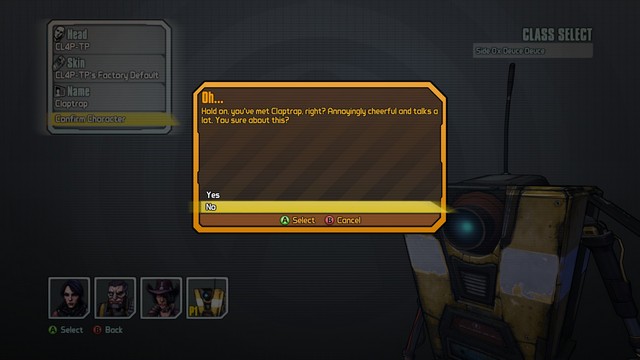
Athena, the Gladiator’s action skill allows her to equip a shield that protects both her and allies; Wilhelm the enforcer brings two flying robots to the battle; Nisha the gunslinger has an automatic targeting system that can be a little hit-or-miss when there’s a lot of enemies on screen. All in all, the four characters each have their own style, and they rival previous Borderland entries in terms of both playability and flair.
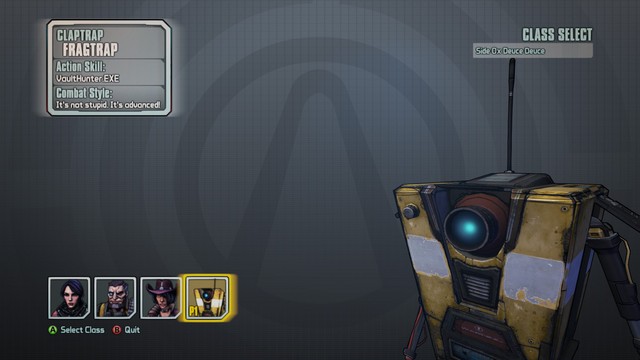
All of the classes have plenty of upgrades along their respective skill trees, and each changes the way you play, though not as much as in previous games. Still, they let you tailor the game in a way that suits your style, and that’s really what a skill tree is made for.
If there’s one thing 2K Australia managed to lock down, it’s the gameplay. Loot drops frequently enough to keep you motivated, but the good stuff doesn’t come so often as to feel inconsequential. When you get a blue or purple gun, you’re excited about it, and that’s a good thing.
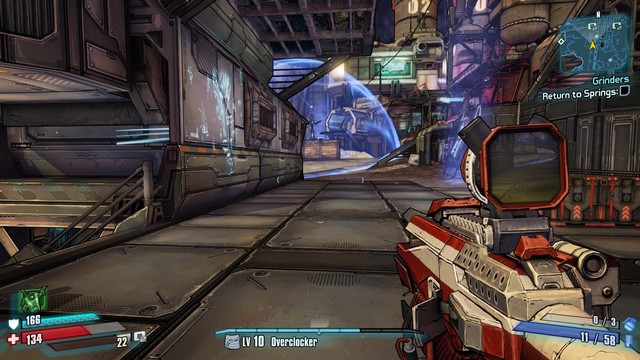
As for the actual shooting, it feel spot on. We reviewed the game on PC, and it has full controller and mouse and keyboard support, so you can play it how you want. Like previous entries, each gun is different, so when you pick up a new one, it can end up feeling like you’re playing a totally different game. In one instance, you might have a fully automatic gun that shoots flame bullets, and two minutes later you’re firing a pistol that dumps three corrosive bullets per squeeze of the trigger. It’s the the dynamic weapons (and shields and grenades) that makes Borderlands so fun, and all of that remains intact in Pre-Sequel.
This isn’t just another Borderlands game though, as some new mechanics have been introduced. First, is the inclusion of an oxygen meter (called Oz in the game, because apparently everyone on Elpis, Pandora’s moon, is Australian). This runs out if you in are an area without atmosphere for too long, which was rarely an issue for me. However, when has that mechanic been fun in a game? No one liked the underwater levels in Sonic the Hedgehog for this very reason, and to see a similar mechanic introduced in Borderlands is odd. The reason behind it seems to be so they can introduce a new loot type called Oz kits. These allow you to change how long you can stay in a vacuum, and they also alter one of the games new move; the butt slam. With this, you can jump over your enemies and crash on them from above. It’s a lot of fun, but still not worth the trade-off of having to manage an oxygen meter.
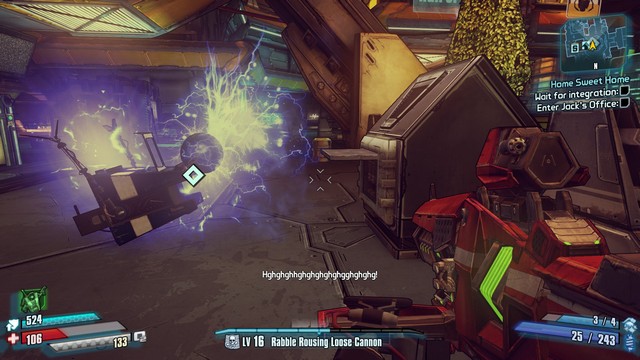
The moon isn’t all bad, though, because it also introduces the ability to double jump and float. It’s low gravity, which means you can hop around in ways you never could in Borderlands. It definitely changes the way you play, both in combat and while just traversing. However, there are some zones in the game built with giant gaps that require you to use a combination of jump pads and floating to get around. These are incredibly tedious to navigate, and they really slow down the pace of the otherwise incredibly fun gameplay.
The biggest problem with the gameplay is its repetitive nature. You’ll often find that you’re running through the same places over and over, killing a bunch of guys and running back. This isn’t new to the Borderlands formula, but it feels more pronounced in Pre-Sequel.
Pandora’s moon is beautiful, featuring the same awesome cell shaded-like art style we’ve come to expect. The environments are not super varied, generally sticking with a very cool color palette, but they mix things up enough so that you don’t feel completely bored looking at them. Speaking of which, gone are the easily cheesed boss fights from previous games, and in are some well-designed, deep fights. In fact, the final boss fight is one of the deepest, most imaginative in the series. It’s worth playing through the game just to experience it, rather on your own or with a friend.
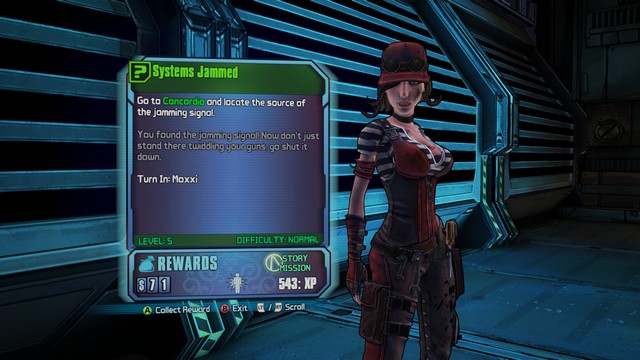
Pre-Sequel is more Borderlands, plain and simple. It adds some new mechanics, some good and some bad, but at its core, you’re shooting bad guys and collecting loot, and that’s still as fun as it ever was.
Borderlands is a game built with co-op gameplay in mind, and that has not changed in this version. A simple option on the pause menu allows you to control whether your game is open to the public, just friends, or no one at all. You can also join another player’s game right from the titles screen, where it will attempt to match you up with other players at the same level as you. It all worked quite well, and was completely lag-free in my testing.
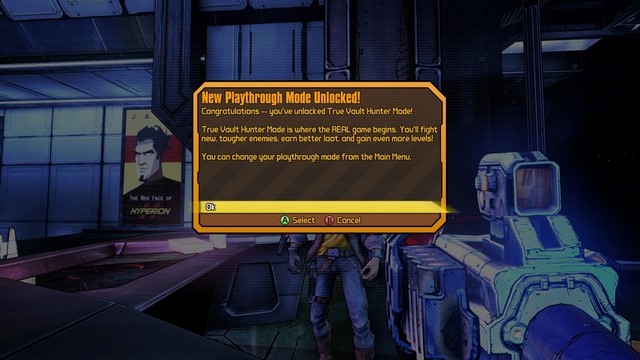
Multiplayer is also where the game really shines once you finish the main story, as you’re going to want to bring some other players with you before you attempt to tackle the raid boss. Speaking of endgame, there are missions that only unlock when you finish the main game, and there’s the True Vault Hunter mode, which ramps up the difficulty and allows you to play through everything again to reach the level cap. This, like the initial playthrough, can be played by yourself or with others.
I played through the game in a mix of co-op and single player, and as has always been the case, multiplayer is the way to go. Things get far more fun when you’re with others. Plus, you end up getting better gear compared to playing on your own. If you have a friend to play through the game with, it’s definitely the way to go.
So should you buy the Pre-Sequel? It really comes down to whether you’re a Borderlands fan. If you are, and you want more of the same, then absolutely, you will enjoy the Pre-Sequel. If you’ve played the others and aren’t dying to go through the same formula with some small, but relatively game-changing tweaks, you may just want to wait until the inevitable Borderlands 3 is released for the newer consoles.
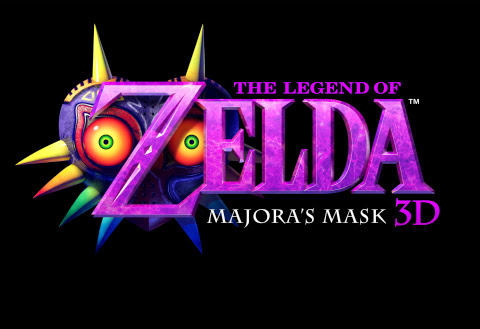
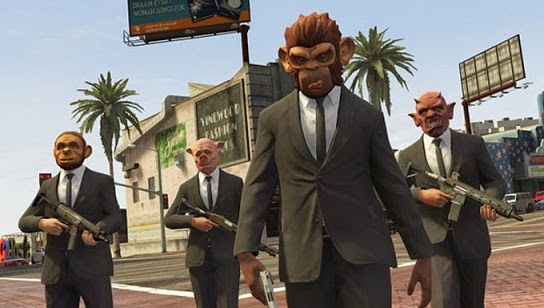


 APB: Reloaded Wiki – Everything you need to know about the game .
APB: Reloaded Wiki – Everything you need to know about the game .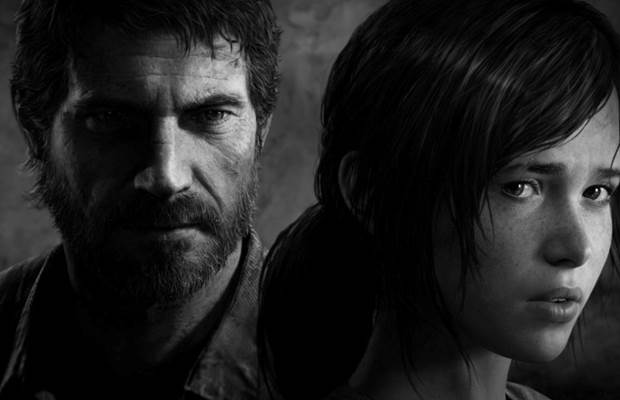 The Last of Us Review: Naughty Dog Steps Up Its Game
The Last of Us Review: Naughty Dog Steps Up Its Game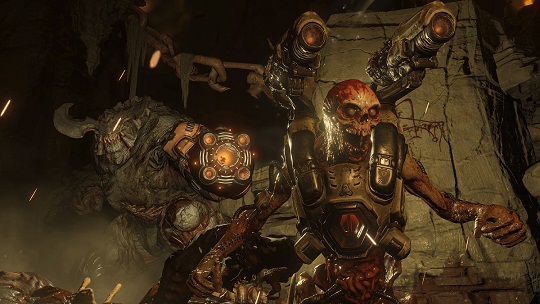 Doom Multiplayer: System Specs, Closed Alpha at a glance
Doom Multiplayer: System Specs, Closed Alpha at a glance Pokemon X & Y Guide To Super Training, EVs & IVs
Pokemon X & Y Guide To Super Training, EVs & IVs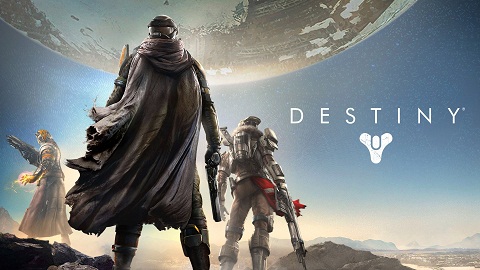 Destiny: The Taken King Guide On How To Use Three Of Coins
Destiny: The Taken King Guide On How To Use Three Of Coins